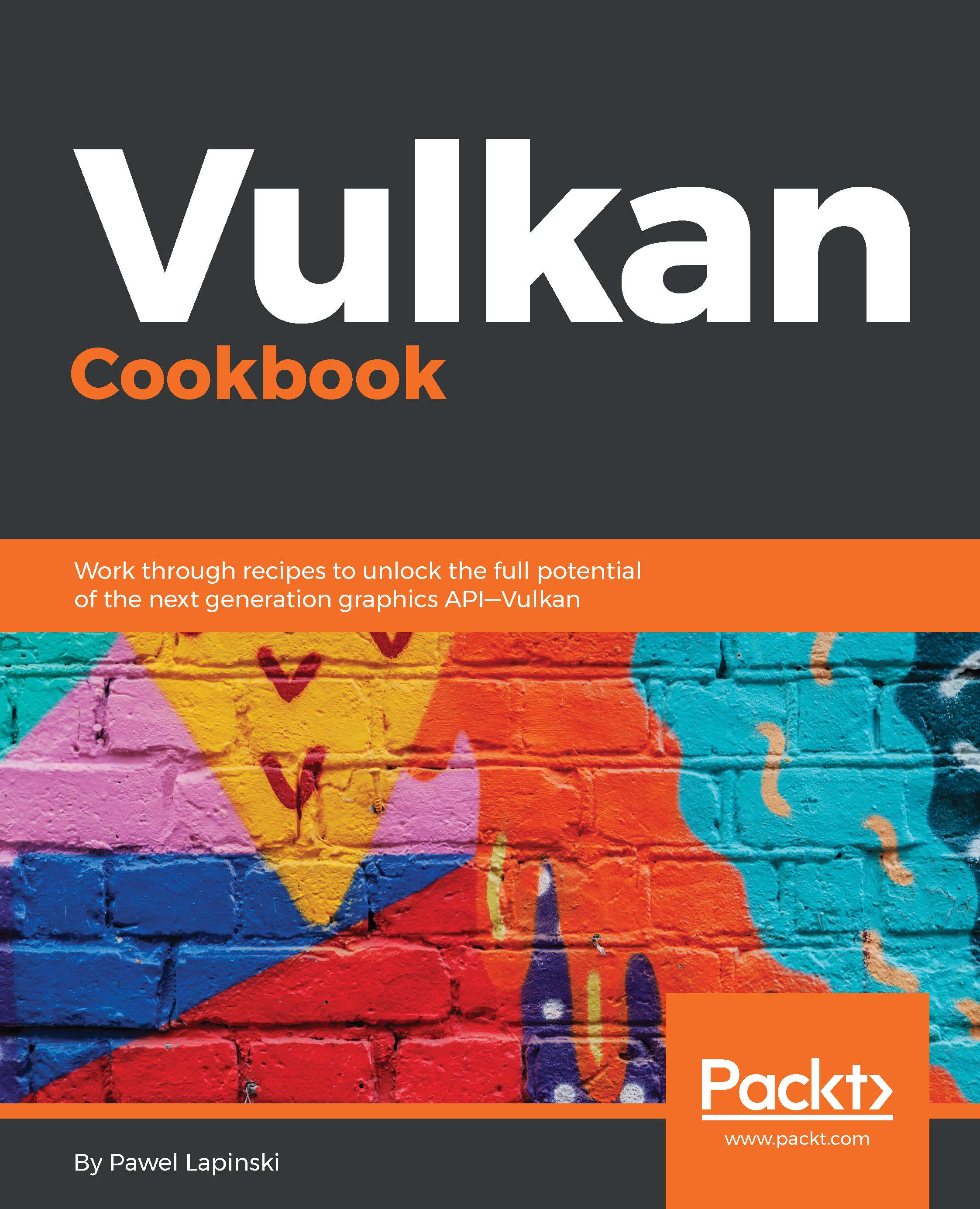In this chapter, we will cover the following recipes:
- Creating a sampler
- Creating a sampled image
- Creating a combined image sampler
- Creating a storage image
- Creating a uniform texel buffer
- Creating a storage texel buffer
- Creating a uniform buffer
- Creating a storage buffer
- Creating an input attachment
- Creating a descriptor set layout
- Creating a descriptor pool
- Allocating descriptor sets
- Updating descriptor sets
- Binding descriptor sets
- Creating descriptors with a texture and a uniform buffer
- Freeing descriptor sets
- Resetting a descriptor pool
- Destroying a descriptor pool
- Destroying a descriptor set layout
- Destroying a sampler


